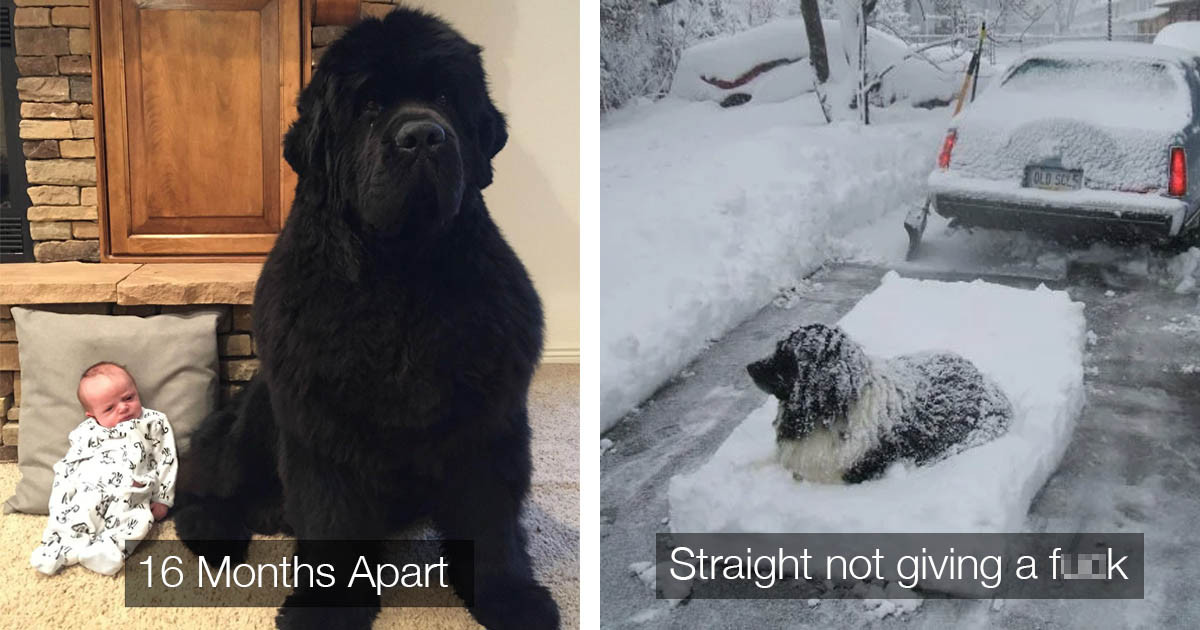
In the 19th century, duck hunting clubs were all the rage along the Atlantic coast of the U.S. We respect your privacy and you can unsubscribe anytime. Let’s meet a few of these special breeds with webbed feet! Portuguese Water Dog These types of working dogs need to be excellent swimmers in order to find and catch fish, waterfowl and other aquatic prey. Historically, dog breeds with webbed feet were used for retrieving and hunting - two jobs that often involve getting wet. In a way, dogs with webbed feet have the best of both worlds. It’s a testament to the power of genetics and the ultra-detailed developmental process. They’ve got more webbing than we do, but less than waterfowl and frogs.
#WEBBED FEET DOGS SKIN#
Take a look at your own hands and notice the tiny bit of skin that stretches in between your fingers - see, you’re webbed too!ĭogs with webbed feet fall somewhere in between the two extremes.

Ducks, frogs, penguins, and platypuses are a few examples of semi-aquatic animals with webbed feet.īut you can still see evidence of webbing on strictly land-based animals. Usually, animals that keep their webbing spend a lot of time in the water. But a few species and breeds carry genes that make the webbing persist. Most of the time, the webbing disappears as the fetus enters the later stages of development. It’s likely a holdover from our evolutionary origins in the sea, where webbed feet would have been essential for mobility. In fact, all land vertebrates have webbed feet during their early days in the womb. Young dog embryos look like hairless blobs as their energy is devoted to forming the internal organs.īut look closely at a dog embryo and you’ll notice something very curious: webbed feet. Signature canine body parts like the tail, ears, and nose don’t become fully formed until later on in development. Webbing in the WombĮarly on in utero, dogs don’t look much like dogs at all.
#WEBBED FEET DOGS FULL#
When we walk about dogs with webbed feet, we don’t mean full webbing like those animals have.Īs we’re about to see, it’s a different kind of webbing, one that’s specially crafted during a dog’s gestation. That’s why geese, penguins and the like have such slow, clumsy gaits on land. It’s similar to the way snowshoes redistribute our weight to let us walk on snow rather than trudge through it.īut true webbed feet, like those found on ducks, have the disadvantage of making it more difficult to walk on regular dry land. That’s because the webbing redistributes the weight of the animal across a greater surface area. Rather than sinking into the goop or falling down, the animal remains on top of it. Out of the water, webbed feet are better able to walk on mud and other slippery, semi-liquid surfaces. Pushing through the water becomes a lot less efficient, and swimming uses a lot more energy. Without webbing, water would simply flow right through the fingers or toes. The greater and flatter the surface area, the greater the volume of water that can be pushed at a time.Īnd the more water you can push, the faster and more powerful you can swim. It relies on the same principle that makes boat paddles and diving flippers work. Webbing increases the surface area of the hand or foot, enabling it to move more efficiently in water.


It can be made of skin, membrane or other types of tissue depending on the species. The term “webbing” refers to the thin, stretchy tissue that connects fingers and toes.


 0 kommentar(er)
0 kommentar(er)
